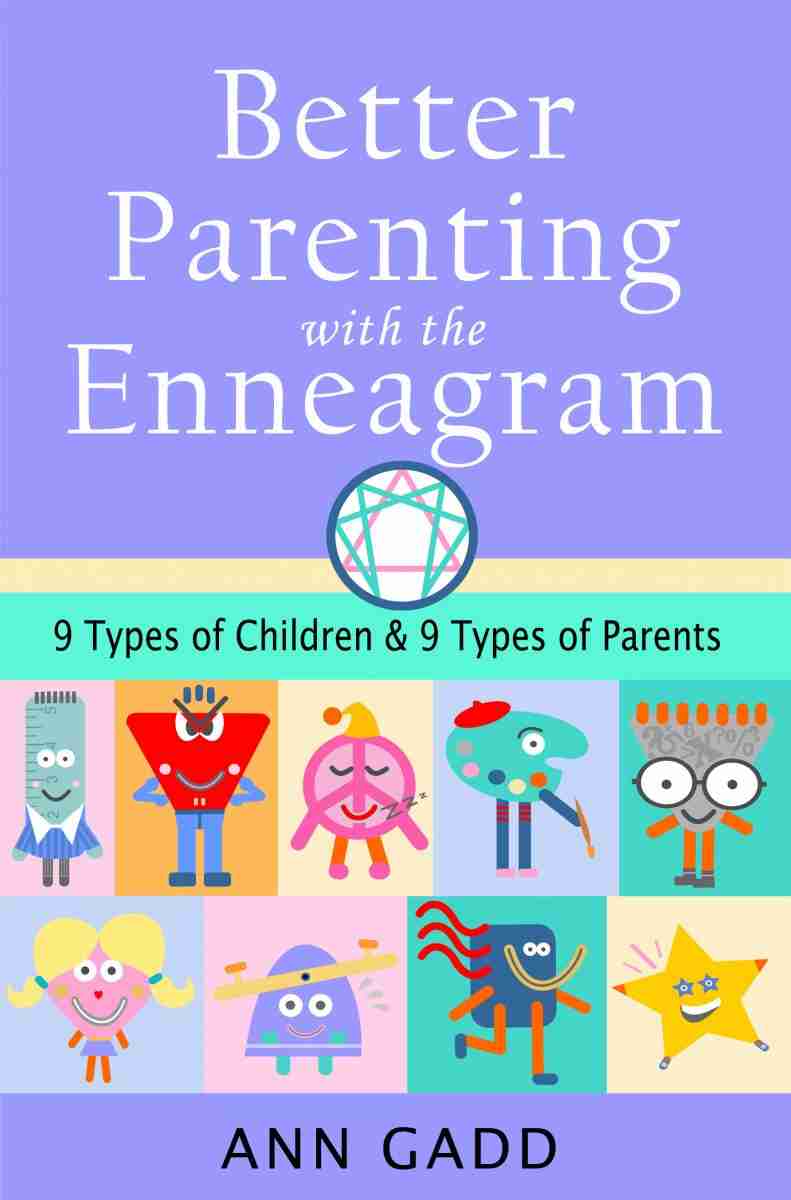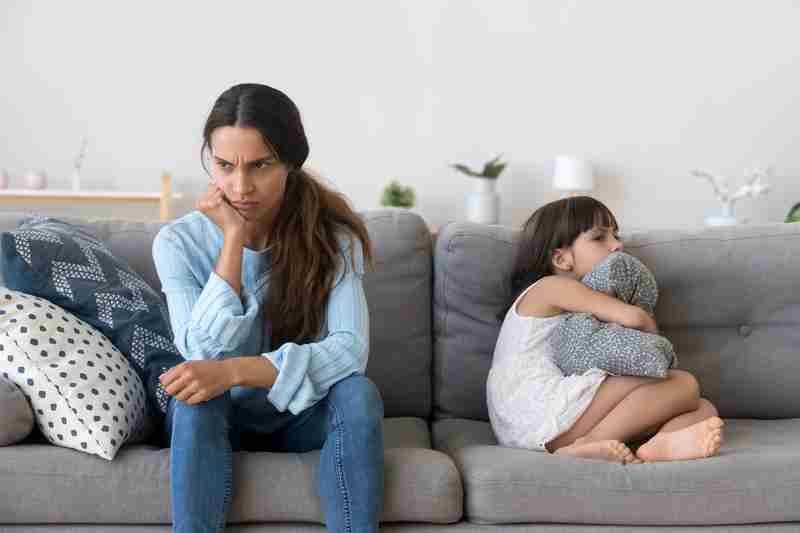Imagine if each child came with a book titled ‘All You Need to Know About Raising Your Child’? Using the book would help you affirm the message your child most needs to hear, view their behaviour with deeper insight, know just how to encourage them and understand what may previously have been inexplicable behaviour.
There is so much the Enneagram can do to help us raise emotionally, mentally and physically healthy children. But it’s a two-way street. To raise healthy kids (on all levels), we must be prepared to look at ourselves as parents, accepting the strengths and weaknesses of our types. That’s not always comfortable, but then facing ourselves seldom is. Psychologists agree that you can rarely work with a child without reflecting on the parent(s).
In Better Parenting with the Enneagram, the nine types of parents and children and the resulting 81 different parent/child combinations explain why the same parents can have very different children and relationships with those children. It’s not a case of one parental approach fits all children. In examining these combinations at healthier and more stressed levels, we can start to understand the sometimes-confusing relationship dynamics. With this deeper Enneagram insight, we can become wiser parents.
The dynamics between siblings can also be understood. For example, why is Kabir so incredibly jealous of Kai? Why does Danie prefer to read alone in his room while his brother craves constant company? And why is Naomi content to entertain herself happily while Cilla demands constant attention? These conflicting behaviours can be confusing. “But they had the same parents. How can they be so different?”
In the child/parent dynamic, a parent may have a better read and rapport with a particular child but less with another. This can alter with the level of emotional and mental integration of both parent and child. It’s seldom that the relationship will flourish if either is less healthy/stressed.
Take Silvia, a Type 1. She’s a no-nonsense mother who works hard, is responsible, holds strong opinions and is perfectionistic. Her ideal is to make the world a better place by demonstrating a better way to live. As such, she’s strict on what the family eats, their manners and enforcing the family rules. So naturally, she expects her daughter, Jade, a Type 7, to be the same. But that’s when life gets exciting. Because her daughter doesn’t seem to share the same needs or motivations. Instead, Jade moves through life like a small, garrulous comet, flying by the seat of her cute kiddie pants, greedy for all that life can offer. In Jade’s world, details are boring, routine a drag, fun the essence of all things good and finding constant stimulation is a non-negotiable necessity.
Silvia makes attempts to reign in her wild child, but Jade isn’t quite so easy to pin down. So, Silvia becomes more authoritarian and disapproving. Jade responds by being more scattered and seeking new thrills, not always in a good way.
Looking at the Enneagram symbol, the line between a Type 7 and a Type 1 connects, meaning that within Silvia’s disowned, shadow aspects lie many of the behaviours associated with Jade’s Enneagram type.
At its best, this parent-child relationship can help use their different strengths to develop the other and move beyond their types’ fixations. What could have been a relationship fraught with friction can become one of understanding and compassion. For example, Silvia demonstrates healthy boundaries, stability and order, while Jade shows her mother that being more spontaneous and having fun is healthy.
Author Ann Gadd is an accredited Enneagram practitioner (iEQ9 certified), holistic therapist, artist, and journalist. A professional member of the International Enneagram Association, she offers Enneagram workshops for beginners and advanced students. Ann is the author of 35 books, including The Enneagram of Eating, Sex and the Enneagram, and a series of Enneagram children’s books. She lives in Cape Town, South Africa.
‘Better Parenting with the Enneagram Nine Types of Children and Nine Types of Parent’ By Ann Gadd ISBN: 9781644114223, March 2022. Also available as an eBook. https://enneagrams9paths.com/


